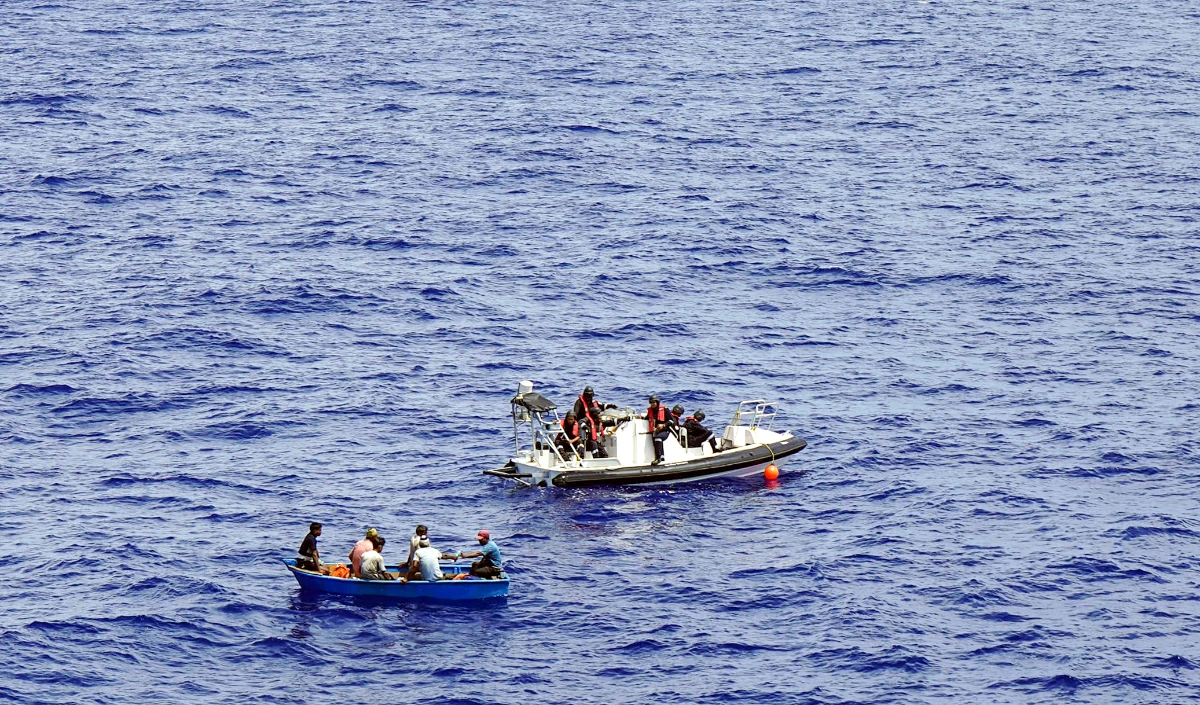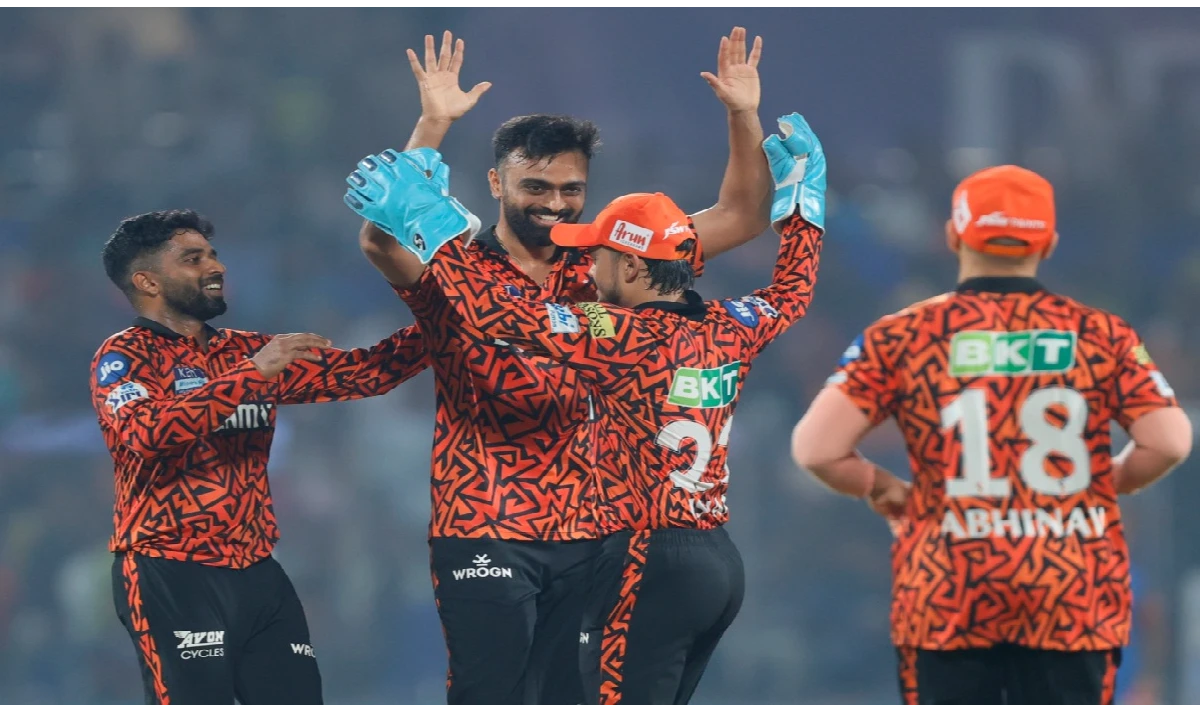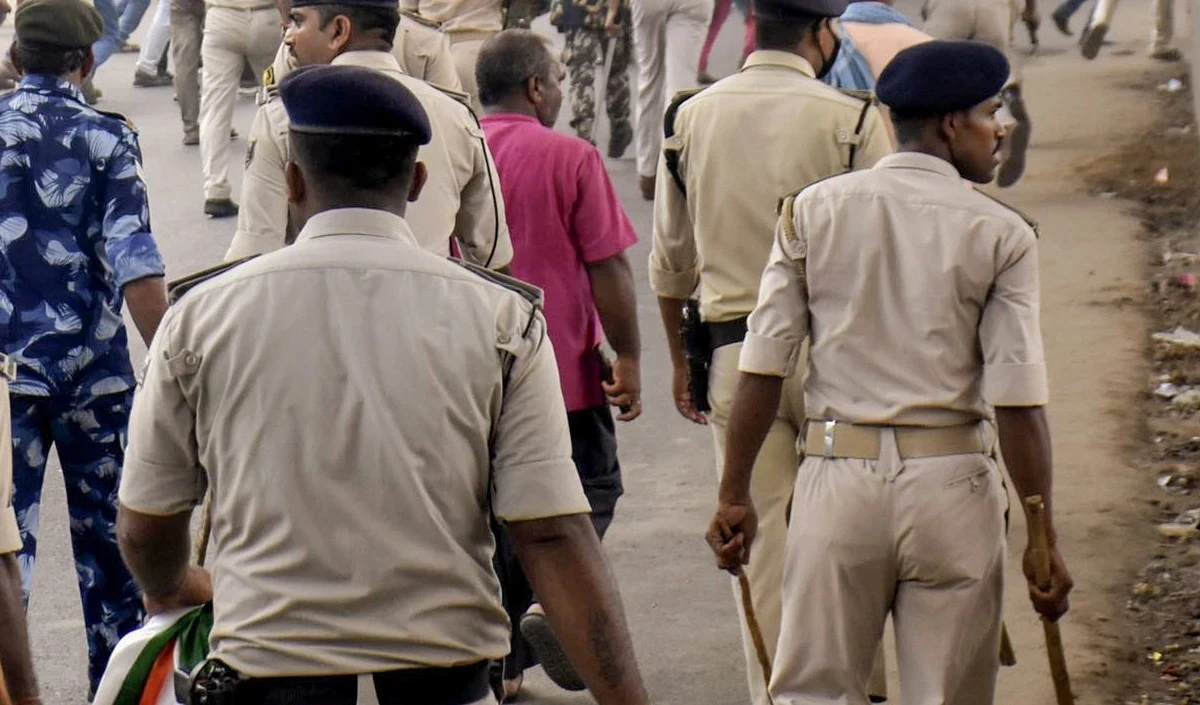On 12 June 1975, the election of Indira Gandhi from Rae Bareli was canceled by the Allahabad High Court. This decision of the court rose to Indira Gandhi. When the Prime Minister has lost his membership, he does not have moral right to remain in power of the country. Students and youth got agitated. Demonstrations began across the country against Indira Gandhi. The Congress organized a huge rally on June 20, 1975. In this rally, Devkantbarua said, “Indira Teri Morning Ki Jai, Teri Sham Ki Jai, Tere Kama Ki Jai, Tere Naam Ki Jai”. During her speech in this public meeting, Indira Gandhi announced that she would not resign from the post of Prime Minister.
Lok Nayak Jayaprakash Narayan said on June 25, 1975 in front of the huge gathering at Ramlila Maidan, “All the opposing parties should unite for the interest of the country, otherwise the dictatorship will be established here and the public will be unhappy.” Nanaji Deshmukh, secretary of the Lok Sangharsh Samiti, announced, meetings will be held in village-village demanding Indira Gandhi’s resignation and will be satyagraha daily in front of the President’s residence. ” On the same evening, when thousands of people were returning from the huge public meeting of Ramlila Maidan, the same demand was arising from each dust that “the Prime Minister should resign and follow the tradition of the real republic.”
Also read: Emergency is not forgotten
Emergency was imposed on the country on the night of 25 June 1975. The whole country was stunned. There was a crisis on India’s pregnant political values. Civil rights were strangled. Censorship was imposed on the media. The courts were made fruitless. The raid of leaders in Delhi intensified. Among the big leaders of the opposition, Morarji Desai, Chaudhary Charan Singh, Atal Bihari Bajpai and LK Advani were caught overnight and put in jail. Bala Saheb Deoras, the then Sarsanghchalak of Rashtriya Swayamsevak Sangh, was taken captive at Nagpur station on 30 June and taken to Yerwada Jail. In Yerwada Jail, 500 Sanghchalars, Karcha and activists were closed along with Pujya Bala Saheb Deoras. Bala Saheb Deoras called before his arrest, “It is the responsibility of the volunteers in this extraordinary situation not to lose their balance. The Sangh was banned. As time passed, the administration increased the havoc on the public. During the Emergency, governmental media was also misused. Al-India Radio was ordered to broadcast the speeches of Indira Gandhi.
All types of communication system, such as the news magazines, platforms, postal service and elected Vidhan Mandlo were stalled. The question was who should organize the mass movement in this situation? The Rashtriya Swayamsevak Sangh eventually blew the bugle against the Emergency. In creating an atmosphere against the emergency in the whole society, the Sangh activists worked with great intelligence and a lot of wisdom. The Sangh had its own network of branches across the country and he could play this role. The Sangh has never depended on the press or stage for public contact from the beginning. Therefore, the impact of stalling communication mediums on other parties had an impact on the Sangh. The central decision of all India level, reaching the villages via the levels of province, department, district and tehsils. When the Emergency was announced, this communication system of the Sangh lasted smoothly. The house of the Sangh workers proved to be the greatest boon for the fabric of the underground movement and due to this, the intelligence officers could not find out the hideout of the underground workers.
While remaining underground during the Emergency, many senior campaigners of the Sangh, like Rajju Bhaiya, Dr. Abbi Sahib, Bala Saheb Bhide, Chamanlal Ji, A Rambhau Godbole, Sundar Singh Bhandari, Om Prakash Tyagi, Jagannath Rao Joshi, Dadasaheb Apte and Bapu Rao Moghe, migrated across the country to maintain the morale of the public.
In the anti -emergency struggle, more than 1 lakh volunteers went to jail after Satyagraha. Out of a total of 1,30,000 Satyagrahis who performed the satyagraha during the Emergency, more than one lakh Satyagrahi belonged to the Rashtriya Swayamsevak Sangh. Out of 30,000 people who were taken captive under Misa, there were more than 25000 union volunteers. Whereas the Congress ‘O’ and the socialist party could not go to the Congress ‘O’ and the socialist party, which claims to be Satyagraha and the experience of filling the jail. The number of Akali Dal was about 12 to 13 thousand after the Sangh. Baba Jayagurudev could also send only three to four thousand people to jail. The number of leaders of the Socialist Party was very limited, yet often quarreled among themselves. Sangh workers lived in jails with great pleasure. All jails used to regularly hold the Sangh branch in the morning and evening. It consisted of physical and intellectual programs. In the anti -emergency struggle, 100 activists of the Rashtriya Swayamsevak Sangh were mostly sacrificed during the prisoners and some during the Emergency.
Achutpatvardhan wrote, “I was happy to know that Rashtriya Swayamsevak Sangh workers were ready to openly cooperate and support those who are opposing the pestible rule that resorted to any other group of political resistance, work with enthusiasm and loyalty, and resorting to severe repression and lies.
Seeing the courage and valor with whom the police’s atrocities and its brutality were running the movement, the Member of Parliament AK Gopalan was also emotional. He had said, “There is definitely some high touches that are providing him with indomitable courage for such heroic work and for sacrifice”. (June 9, 1979 of Indian Express)
In 1977, the government of Morarji Desai formed the Shah Commission on 28 May 1977 to know the various types of excesses during the Emergency. After investigating all aspects, the Shah Commission said in its report that at the time when the Emergency was announced, neither the economic conditions in the country were bad nor any problem in law and order.
After independence in the era of Emergency, the arrest of the leaders on such a large scale within the country was the first time. Beggars were forced sterilized, but had to show a sterilization certificate to renew the driving license of auto rickshaw drivers.
Senior journalist Narendra Bhadoria, who has worked during the Emergency, writes in his book dictatorship that “about 1.5 million people were forcibly impotent in the period of German dictator Hitler, while Indira Gandhi had made five fold people (men -women) impotent during her 21 -month dictatorship period. During the period of Indira, this number was more than 60 lakhs. It is a matter of misfortune that the cognizance of the tragic events of the Emergency was either taken very lightly or was pushed into the trough of oblivion.
When the whole country was struggling against the Emergency, the communist was mixing yes to the Congress. The CPI saw and welcomed the Emergency as an opportunity. CPI leaders believed that they could convert the Emergency into a communist revolution. The CPI supported the emergency imposed by Indira Gandhi at the 11th Bhatinda Congress.
Dictatorship cannot run in India. The public mind of India cannot tolerate the murder of democracy. Whenever the cultural and democratic values of India have been attacked, the people of India have always stood up for the struggle towards that injustice and atrocities.
– Brijanandan Raju
(The author is a senior journalist.)



